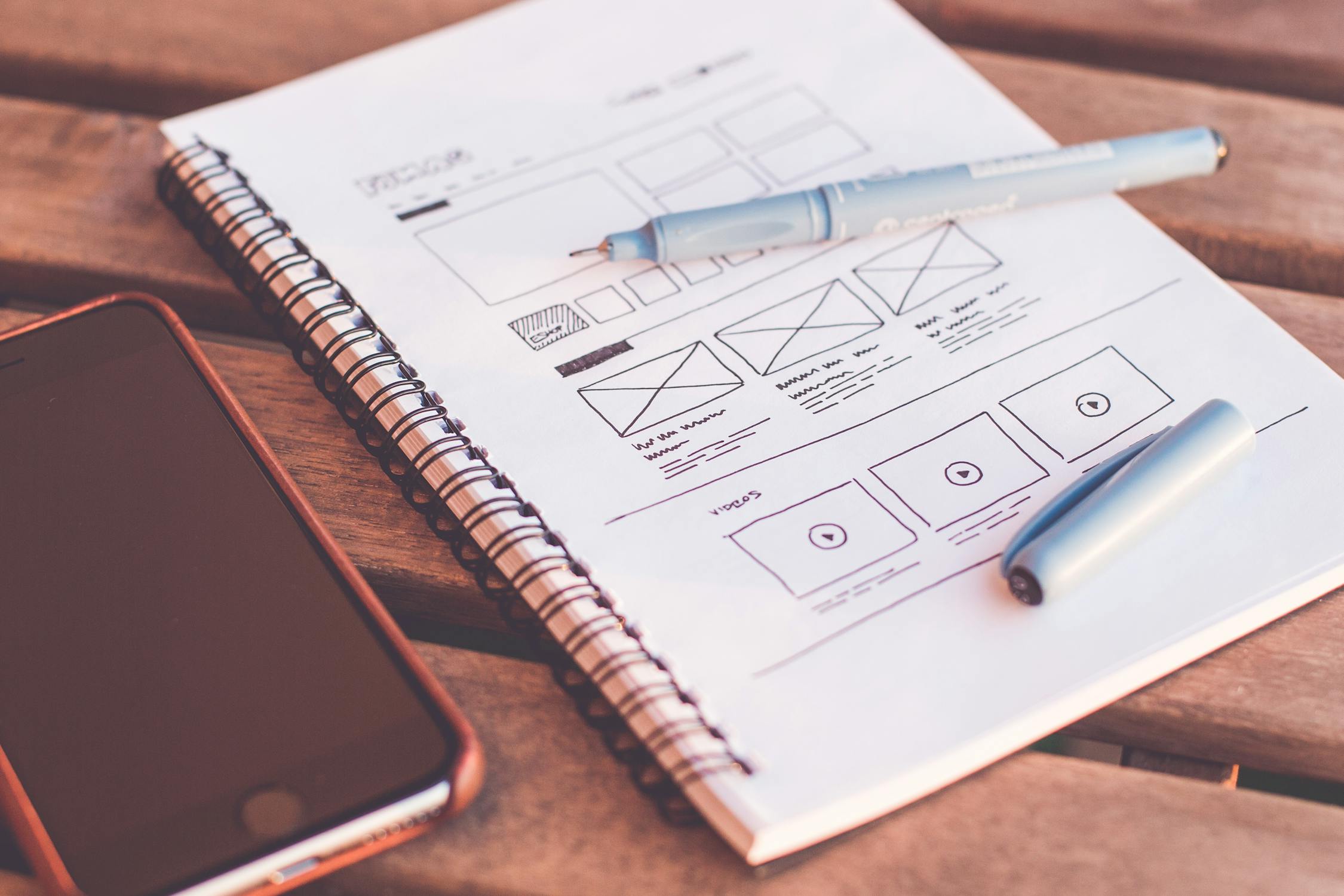10 Web Design Trends to Watch in 2025

The digital landscape is constantly evolving, and staying on top of the latest web design trends is crucial for businesses aiming to maintain a competitive edge online. As we move further into 2025, several design trends are emerging that focus on improving user experience, accessibility, and visual appeal.
1. Minimalist Design
Minimalism continues to dominate web design, with a focus on clean layouts, ample white space, and streamlined content. This approach not only creates visually appealing websites but also improves loading times and user experience.
2. Dark Mode
Dark mode options have become increasingly popular, reducing eye strain and offering users a choice in how they view content. Many websites now offer toggle switches to switch between light and dark themes.
3. Micro-interactions
These small, subtle animations provide feedback and enhance user engagement. From hover effects to loading animations, micro-interactions add personality to websites while guiding users through their journey.
Good design is actually a lot harder to notice than poor design, in part because good designs fit our needs so well that the design is invisible.
— Don Norman
4. 3D Elements
Three-dimensional visuals are becoming more common as they create immersive experiences and add depth to otherwise flat designs. Advances in technology now make it possible to incorporate 3D elements without sacrificing performance.
5. Voice User Interface (VUI)
With the growing popularity of voice assistants, websites are beginning to incorporate voice navigation options, making content more accessible and providing users with alternative ways to interact.
6. Augmented Reality (AR)
AR experiences embedded in websites allow users to visualize products in their own space before purchasing, particularly beneficial for e-commerce and home decor websites.
7. Neumorphism
This design style combines elements of skeuomorphism and flat design to create soft, extruded plastic looks. It creates a tactile feel in digital interfaces through subtle shadow work.
8. Horizontal Scrolling
Breaking from the traditional vertical scroll, horizontal scrolling offers new ways to present content, particularly effective for portfolios, galleries, and storytelling websites.
9. Glassmorphism
Inspired by Apple's design language, glassmorphism creates a frosted glass effect with transparency, colorful highlights, and subtle borders to create depth.
10. Accessibility-First Design
More than a trend, accessibility is becoming a standard requirement. Websites are increasingly designed with all users in mind, including those with disabilities, ensuring content is perceivable, operable, understandable, and robust.
Implementing these trends should always be done with your specific audience and business goals in mind. Not every trend will be appropriate for every website, but understanding the current design landscape helps make informed decisions about your digital presence.
Key Takeaways
- Keep up with current web design trends to maintain a competitive edge
- User experience should be at the forefront of design decisions
- Accessibility is no longer optional but essential for inclusive design
- Technology advancements like AR and VUI are changing how users interact with websites
- Apply trends strategically based on your specific audience and business goals
Subscribe to our newsletter
Get the latest articles and resources sent straight to your inbox
Frequently Asked Questions
How often should I update my website design?
Most businesses should evaluate their website design every 2-3 years to ensure it remains current with design trends and technological capabilities. However, minor updates and optimizations should be ongoing.
How important is mobile responsiveness in modern web design?
Mobile responsiveness is absolutely critical. With over 50% of web traffic coming from mobile devices, having a mobile-friendly website is essential for user experience and search engine rankings.
What's the difference between web design and web development?
Web design focuses on the visual and user experience aspects of a website, including layout, colors, and typography. Web development involves the coding and programming that makes the website function properly.